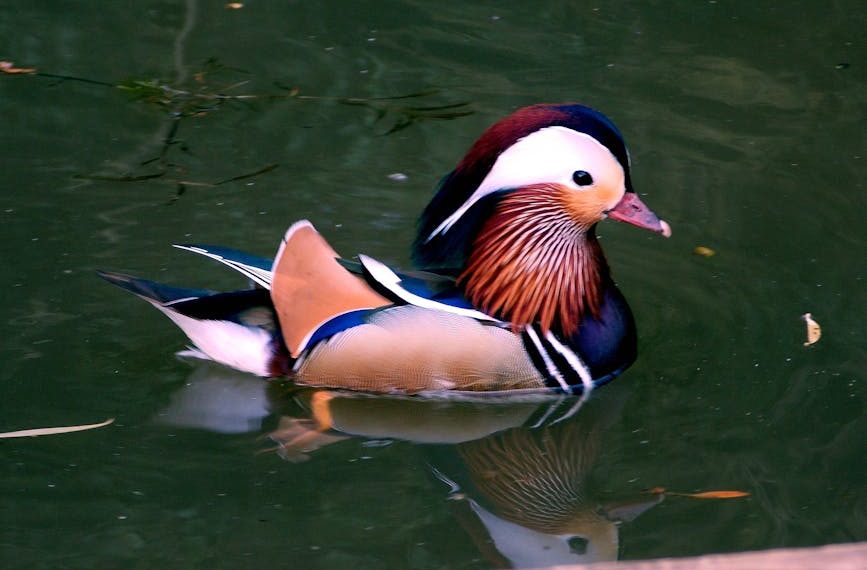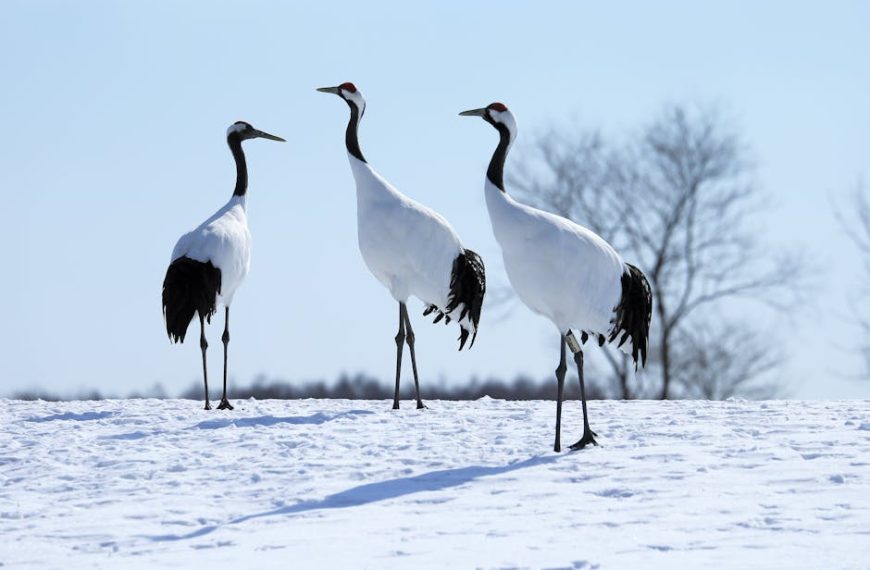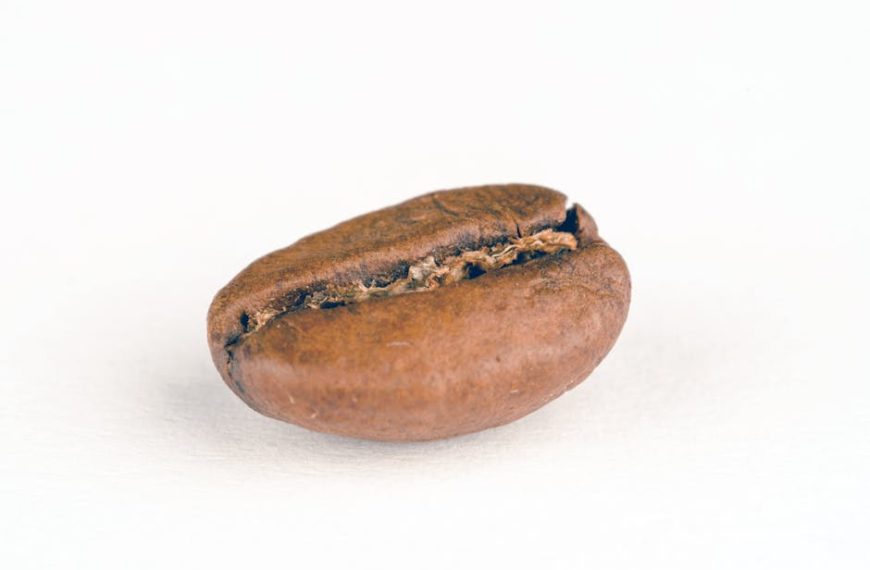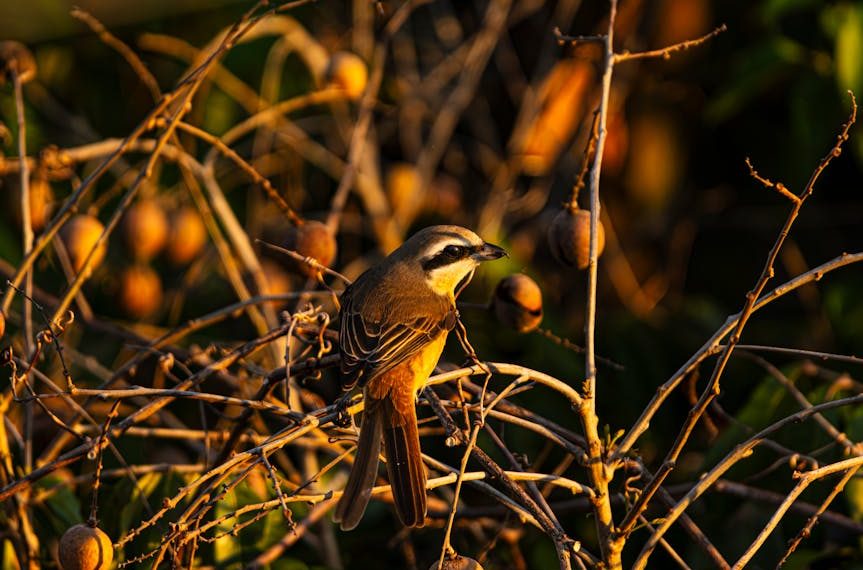Welcome, nature enthusiasts! We’re about to delve into an intriguing facet of the natural world – the dietary habits of birds, particularly those that feast on cicadas. Have you ever wondered which feathered species enjoy this buggy banquet and why?
The Role of Cicadas in The Food Chain
Cicadas, with their notoriously loud mating calls, play a surprisingly substantial role in the food chain. Beyond making our summer evenings sound like a sci-fi movie, these insects are a vital source of nutrition to numerous bird species. Some avid cicada eaters include the red-winged blackbird, crow, and the American robin. Their diet preference for cicadas makes perfect sense when you consider the nutritional punch these insects pack. High in protein and easy to catch, cicadas are like fast food for birds!
Pro Tip: The next time you see a bird with a cicada in its beak, just remember – it’s taking in a protein-packed meal that fuels its flight and keeps its feathers glossy.
Synchronization with the Cicada Life Cycle
Interestingly, some bird species have their breeding seasons timed perfectly with the emergence of cicadas. It’s like nature’s all-you-can-eat buffet being opened right when their newborns hatch, providing a bountiful food supply for the young ones. In contrast, typical bird species breed independently of cicada lifecycles.
Understanding this synchronized phenomenon can significantly benefit nature conservation efforts. By predicting when bird populations may surge, conservationists can provide necessary resources to ensure the survival of these species.
Identifying Birds That Feast on Cicadas
Let’s make your next birdwatching experience even more exciting. Identifying cicada-eating birds is possible by observing certain physical and behavioral characteristics.
✔️ Checklist for identifying cicada-eating birds:
- They’re often spotted near low bushes and tree trunks where cicadas dwell.
- During cicada season, these birds frequently have bulging throats – a result of their hearty meals.
- Cicada-eaters tend to have strong beaks to crack open cicada exoskeletons.
Pro Tip: Keep your eyes peeled in the early mornings and late afternoons, cicada-hunting birds tend to forage during these times for their protein-packed snacks.
Remember to stay quiet while exploring their habitats, bird watching is a game of patience and stillness.
The Impact of Cicada Emergences on Bird Behavior
Believe it or not, cicadas are influential creatures. When they emerge in droves, they can cause significant shifts in bird behaviors and the environmental ecosystem as a whole. Birds become more territorial due to the influx of food, and you might see lesser predation on other food sources because, well, why hunt when you have an all-you-can-eat buffet at your disposal?
To see this difference more starkly, let’s compare bird’s behaviors during a non-emergence season versus a cicada emergence season:
Non-emergence Season:
- Birds tend to forage extensively for food.
- They may display less territorial behavior.
- Diversity in the diet due to the unavailability of cicadas.
Cicada Emergence Season:
- Birds become concentrated around cicada-infested areas.
- Increased territoriality is observed due to the abundance of food.
- Few birds prey on other food sources, depending mainly on cicadas for nourishment.
Effects of Climate Change on Cicadas and Diet-dependent Birds
In the wake of climate change, our globe is experiencing more frequent weather disruptions. This impacts not only cicada populations but also the bird species that depend on them for sustenance.
Potential Positive Impacts:
- Hike in general temperature could result in increased cicada populations in certain regions.
- Warmer climates might extend the cicada emergence season, providing a prolonged food supply for birds.
Potential Negative Impacts:
- Extreme weather conditions might decrease cicada populations or disrupt their life cycles.
- Birds that overly depend on cicadas might face food scarcity if these insects’ populations drop.
Given these potential scenarios, it’s vital to implement strategies to protect these birds. Conservation efforts may include bird population monitoring, preserving their habitats, promoting diversity in their diet, and raising awareness about these species’ ecological importance.
After all, understanding and preserving nature’s intricate food chains ensures the survival of our earth’s vibrant biodiversity. And doesn’t that make those cacophonous cicadas seem just a little bit more important?
Key Takeaway:
- Cicadas play a crucial role in the food chain by being an essential food source for many bird species such as red-winged blackbirds, crows, and American robins. They provide high-protein content to these birds.
- Some bird species synchronize their breeding seasons with cicada emergences to provide ample nutrition for their young.
- Physical and behavioral characteristics of birds hunting or eating cicadas are identifiable and can be observed.
- Cicada emergences can cause considerable changes in bird behavior and the local ecosystem, including increased territoriality and reduced predation on other food sources.
- Climate change and environmental disruptions can dramatically affect cicada populations and subsequent bird species that rely on them for food. Some birds might benefit from the increased cicada population, but others could suffer if cicada populations decrease.
Despite the potential challenges caused by climate change or environmental disruptions, the intricate connection between cicadas and birds highlights the beauty of nature. Studying these interactions not only deepens our understanding of nature but also reminds us of the importance of conservation efforts. It’s by being aware and making conscious efforts to protect the environment that we can ensure the survival of these diverse species. Let’s continue to be fascinated by nature’s diet and explore more about the remarkable wonders of our world.
FAQs
Q: Why are cicadas important to the diet of some bird species?
A: Cicadas are high in protein and relatively easy to catch, making them a preferred food source for various bird species. Some birds have even synchronized their breeding seasons with cicada emergences to ensure an ample food supply for their young.
Q: Do all bird species eat cicadas?
A: No, not all bird species eat cicadas. However, many bird species such as the red-winged blackbirds, crows, and American robins are known to consume them.
Q: How can I identify cicada-eating birds?
A: You can identify cicada-eating birds by observing certain physical and behavioral traits. For instance, such birds are often found near low bushes and tree trunks where cicadas live, and can frequently be seen with bulging throats during cicada season due to their hearty meals.
Q: How does climate change impact cicadas and the birds that feed on them?
A: Climate change, with its more frequent and extreme weather conditions, could affect cicada populations and disrupt their life cycles. As a result, bird species that largely depend on cicadas for food might experience food scarcity.
Q: What can be done to protect bird species that rely on cicadas as a primary food source?
A: Conservation efforts could include bird population monitoring, habitat preservation, and promoting diversity in their diet. Raising awareness about these species’ ecological importance can also contribute significantly to their protection.
Share the article and feel free to explore more enlightening posts on our website!












